Real estate investors have used 1031 “like-kind” exchanges to defer capital gains taxes on the proceeds from the sale of real property for nearly 100 years. But passage of the Tax Cuts and Jobs Act of 2017 added a new tax-deferral provision to the tax code for investors who reinvest proceeds from the sale of real property into certain types of new property. Savvy real estate investors need to understand the differences between the two approaches in order to maximize the benefits of these tax deferral provisions.
Qualified Opportunity Funds
Qualified Opportunity Funds were created to direct investments into Qualified Opportunity Zones (QOZ), which are Census tracts identified by states as low-income areas that would benefit from investment. The concept of QOZs and the tax benefits related to them was created by the TCJA.
To qualify for the tax deferral allowed by TCJA, an Opportunity Fund must invest at least 90 percent of its assets in QOZ properties.
Capital gains tax deferrals on investments made through Qualified Opportunity Funds extend through Dec. 31, 2026, or as of the sale of the property, whichever happens first.
1031 “like-kind” exchanges
A 1031 exchange enables a taxpayer who owns real property that is used in a trade or business to defer taxes on any gain when the property is sold, as long as the taxpayer identifies another property to acquire, also to be used in a trade or business, within a specified timeframe.
Capital gains taxes on properties sold in a 1031 exchange are deferred indefinitely until the replacement property is sold.
1031 exchanges and QOZ investments are similar in two significant ways:
- They enable investors to defer recognizing the gain on the sale of an investment or property.
- Both provisions encourage investors to reinvest gains from previous investments, which helps keep money in the real estate market and stimulates growth.
How they differ
It is the differences between 1031 exchanges and QOZ investments that real estate investors must be aware of and plan for:
Type of investment. Investments in Qualified Opportunity Funds can be, but are not necessarily, tied to a specific piece of property. As long as the fund puts at least 90 percent of its assets into one or more QOZs, the investment qualifies for the tax deferral. With a 1031 exchange, however, the buyer reinvests gains from one property into another specific piece of property to qualify for the tax deferral. In addition, a 1031 exchanged property can be located anywhere in the United States and need not be contained in QOZs.
Time horizon. Like many provisions of TCJA, the tax deferral for investments in Qualified Opportunity Funds expires on Dec. 31, 2016. Hence, the tax deferrals for investments made through this provision expire on that date, or earlier if the property is sold. On the other hand, tax deferrals on properties sold in connection with a 1031 exchange remain in force indefinitely. Therefore, a taxpayer who is looking at a time horizon longer than seven years to enable an investment to grow would do best to look at a 1031 exchange rather than a Qualified Opportunity Fund.
Exclusion of certain gains from tax liability. Under a 1031 exchange, the entire gain from the sale of an exchanged property is subject to capital gains taxation when the replacement property is sold. However, Qualified Opportunity Fund investors who hold their investments for at least five years may exclude 10 percent of the original deferred gain from tax liability. An investor who holds a property for at least seven years may exclude 15 percent. However, since the Qualified Opportunity Fund provision of TCJA expires at the end of 2026, an investor must have invested in a QOZ property before the end of 2019 to qualify for the seven-year exclusion.
Stepped-up basis. One of the most significant differences between a 1031 exchange and an investment in a Qualified Opportunity Fund is the stepped-up basis on the latter investment if an investor holds a QOZ property for more than 10 years. This means that when an investor sells an investment in a Qualified Opportunity Fund, the basis (the amount of proceeds reinvested in the QOZ) is increased to the fair market value at the time of the sale. This can result in little to no taxable gain. In a 1031 exchange, the original basis is used to calculate the gain at the time of sale, no matter how long the investment has been held, and the investor pays capital gains taxes on the difference between the basis and the fair market sale price. Therefore, the stepped-up basis for investments into Qualified Opportunity Funds is a significant benefit for investors who can hold an investment for at least 10 years.
There are many subtleties to 1031 exchanges and Qualified Opportunity Fund investments that may make one or the other more advantageous in your situation. Contact us for a consultation.
Related Insights

Featured Client Testimonials
BW is a true partner to us. Their knowledge, expertise, and service are a valuable resource to us and play an important role in our success!
John Allen - Vice President of Finance, Kaufman Container
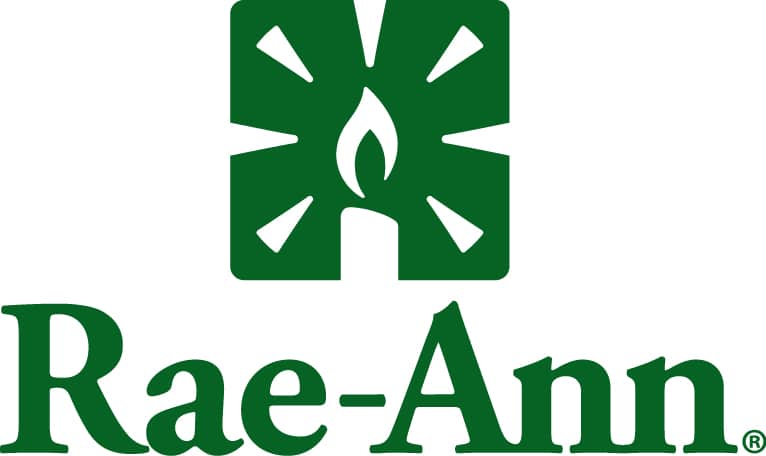
Featured Client Testimonials
I appreciate the exceptional tax advice we received over the years. The (BW team) has a good grasp of our business needs. Thank you for your excellent service.
John Griffiths - Owner, Rae Ann, Inc.

Featured Client Testimonials
The BW team has been fantastic to work with; both the team member at our office as well as at the partner level. Any issues or concerns are handled very efficiently and effectively.
Kelley Needham - Chief Executive Officer, Epilepsy Association
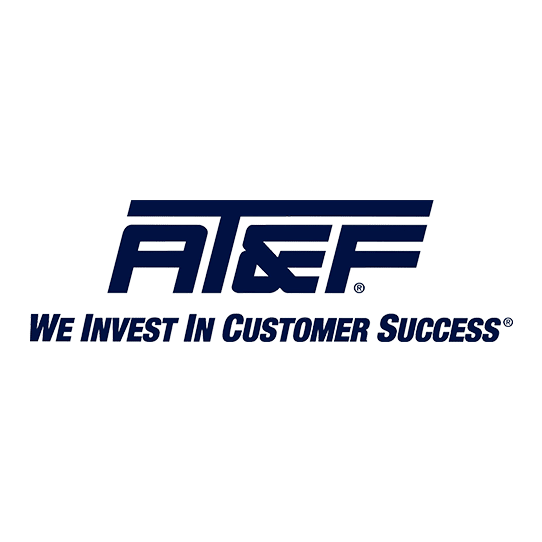
Featured Client Testimonials
Barnes Wendling has been our company accountants for over seven years. Their knowledge has been instrumental in helping us grow strategically during this time. And although we’ve seen many changes in our economy that we cannot control, we’ve always been able to trust the Barnes team to be by our side. The Barnes team feels like family. We can’t thank them enough for their support!
Christine Kloss - Controller, AT&F
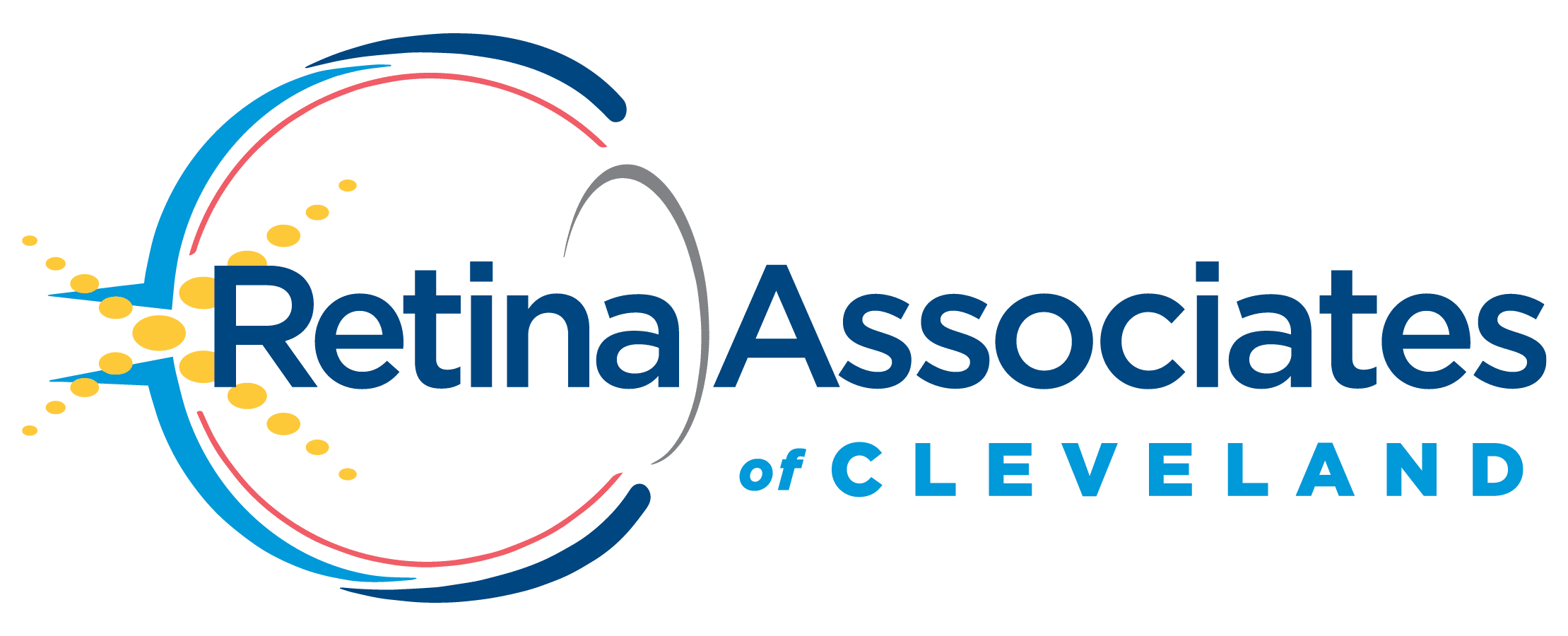
Featured Client Testimonials
Barnes Wendling has been our company accountants for over 15 years. During this time, the business has grown exceptionally, and Barnes has kept pace, providing accurate, quality advice. Our finances are more efficient than ever, and the expense of hiring Barnes has been a definite positive add to our bottom line. I give my highest recommendation to their firm.
David Miller, MD - President, Retina Associates of Cleveland

Featured Client Testimonials
Barnes Wendling has provided us guidance and recommendations that have strategically helped strengthen our business and position ourselves for growth. We needed to hire a new VP of Finance and Controller this past year, and they were instrumental in helping us find the best candidates for our company.
Sara Blankenship - President, Kaufman Container

Featured Client Testimonials
We value the trust, accuracy of information, and reliability of Barnes Wendling and Mike Essenmacher personally. Mike has been instrumental as a trusted advisor on accounting, tax, and personnel issues. His advice is always accurate, and he is very reliable. His associates are also very talented.
Dominic Ozanne - President and CEO, Ozanne Construction Company

Featured Client Testimonials
We value Barnes Wendling’s expertise with all things accounting so we can operate our business using our strengths and allowing them to be our experts. They have also brought me a few business sale opportunities to allow me to grow my assets.
John Gaydosh - President and Metallurgical Engineer, Ohio Metallurgical Service
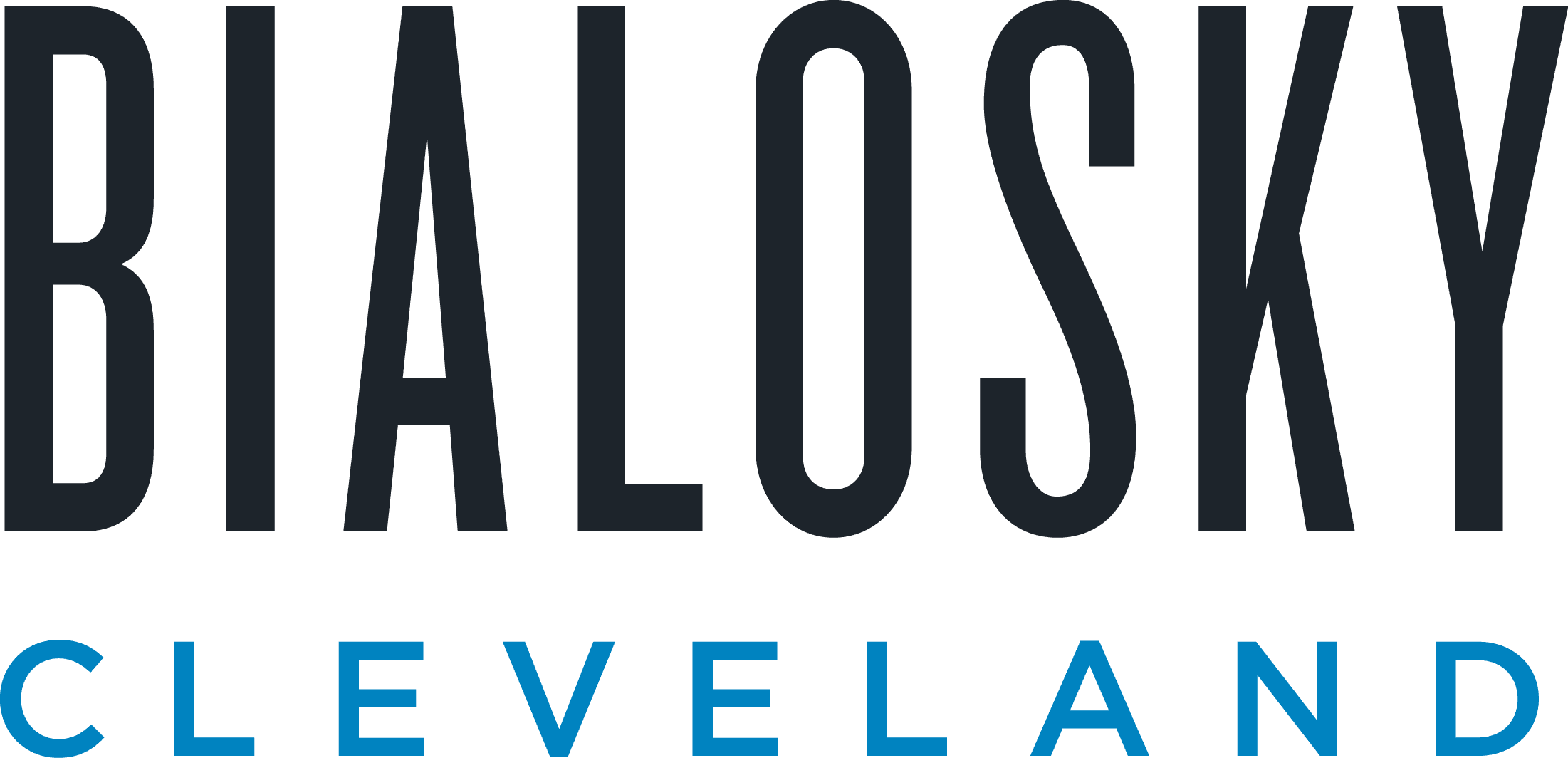
Featured Client Testimonials
Barnes Wendling (especially Lena) did a great job with our financials. Everything. It is extremely refreshing and comforting to know that all of our numbers are not only correct, but they are in the right place(s). Your diligence and reporting truly does make me (personally) feel better.
Thomas Adomaitis - Controller, Bialosky Cleveland

Featured Client Testimonials
I can wholeheartedly tell you that I have yet to work with an audit or tax team that have been more helpful, easy to work with, and committed than the team at Barnes Wendling- I have been through three different firms in the last few years.
Michelle Saylor, Former Controller, Aero Mag
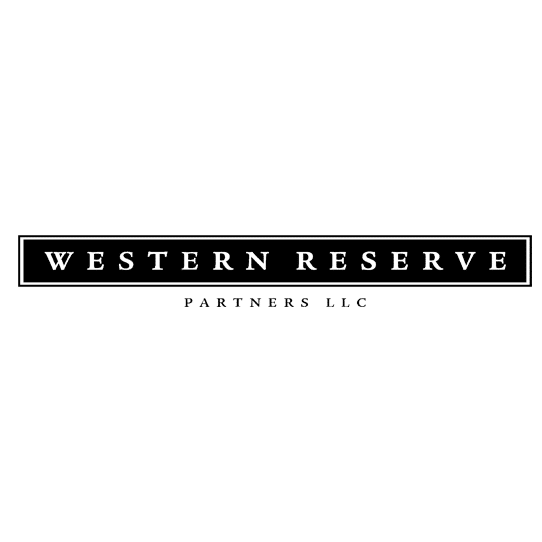
Featured Client Testimonials
Floyd Trouten at Barnes Wendling CPAs is an “expert’s expert” when it comes to M & A accounting. Not only does he understand the evolving details of the Tax Code but he also sees the fine points of their application for owners, managers, investors, and financiers.
Mark A. Filippell, Western Reserve Partners

Featured Client Testimonials
The service is amazing at Barnes Wendling CPAs. The benefit is worth more than the cost. Sometimes it’s true that you get what you pay for.
Mark Boucher - Former Owner, Castle Heating & Air









